Science & Technology
Integrated Water Resources Management Innovations: 14 provinces in Southern Thailand
The cooperative water resource management led by Asst. Prof. Dr. Pakorn Ditthakit, the School of Engineering and Technology and the working group on the flood management emphasizes on mathematical modeling to help analyze simulations and to support decisions on how to solve water mitigation problems along with the technology of Geographic Information System (GIS) by integrating with water users, communities, local agencies, local government agencies until approaching towards the water resource management preparation plans from community water plans, district water plans, river basin water plans, provincial water plans that take into account the ecosystem, culture, and area context covering 14 provinces of the southern region as follows:
- Water resource management of the community with participation (Community Water) is imposed by using unique technology to help manage water resources in the area systematically. It is to plan the water management effectively by focusing on community participation in planning and management as well as promoting processes for community understanding and access to the area context and water resources in their area By applying such technology to the planning of water resources at sub-district levels (Bangchak, Khlong Noi, Tha Sak, Khao Kaeo and Tha Di, Nakhon Si Thammarat Province), as well as expand the application results in planning, decision support system, efficient water resource management participation at the provincial and river basin levels.
- Provincial water resources management integrated plan (Provincial Water Plan) has its strength of technology, using the concept of the top-down and bottom-up policy development in the formulation of the provincial water integration plan, responding to the water solution, and the province development. A clear work plan, a money plan, a human resource plan, and a plan to reduce the redundancy of budget allocation for solving problems need to be established by using the aforementioned technology in the development of an integrated water program at the provincial level and preparing a database with maps for water management at the provincial level in order to effectively lead to the planning of various departments in the province next time. The provinces that support the funding are Nakhon Si Thammarat Province Krabi Province, Ranong Province, Phuket Province Surat Thani Province, Chumphon Province, Yala Province, Pattani Province, and Narathiwat Province.
- Simulation of shoulder wave from dam erosion and flooding conditions (Flood Man) is the plan using unique technology to simulate water situation in case of flooding and the collapse of the dam. The process of allowing communities to participate in the flood management process is conducted by applying such technology to the formulation of participatory flood mitigation measures, flood warning forecasts as well as knowing the sites and size of flood risk areas.
- In terms of Support Model for Water Resources Management and Planning (Drought Man), this model was developed based on the AHP-NLP concept which helps determine the optimal acreage size under limited water resources. It also helps plan the implementation of the project to develop the water source to be optimal with community processes and experts involved in considering water resource development projects by applying such technology to the planning of water resources management and agricultural areas in the lower Pak Phanang River Basin, and planning to implement the construction of the project according to the consideration of the development of water sources in the lower Pak Phanang River Basin.
- The Reservoir Management Model (Reisman) has the strength of technology that is able to accurately predict the amount of water flowing into the reservoir daily and monthly and is able to find the reservoir operating curve effectively by utilizing the aforementioned model technology as a guideline for reservoir management during both flood and dry season.
- For the Decision Making on Budget Planning in Water Resource Management, the dominant point is the strength of technology of provincial water project warehouse which helps prioritize water projects at different levels, including provinces, river basins, districts, and sub-districts with BI (Business Intelligence). It assists in noticing the related information in various dimensions. This technology has been applied to support management decision-making in planning various levels of water resource management under a limited budget.
Currently, the main implementation is working the water resource action plans in 14 provinces under the support of the Office of the National Water Resources.
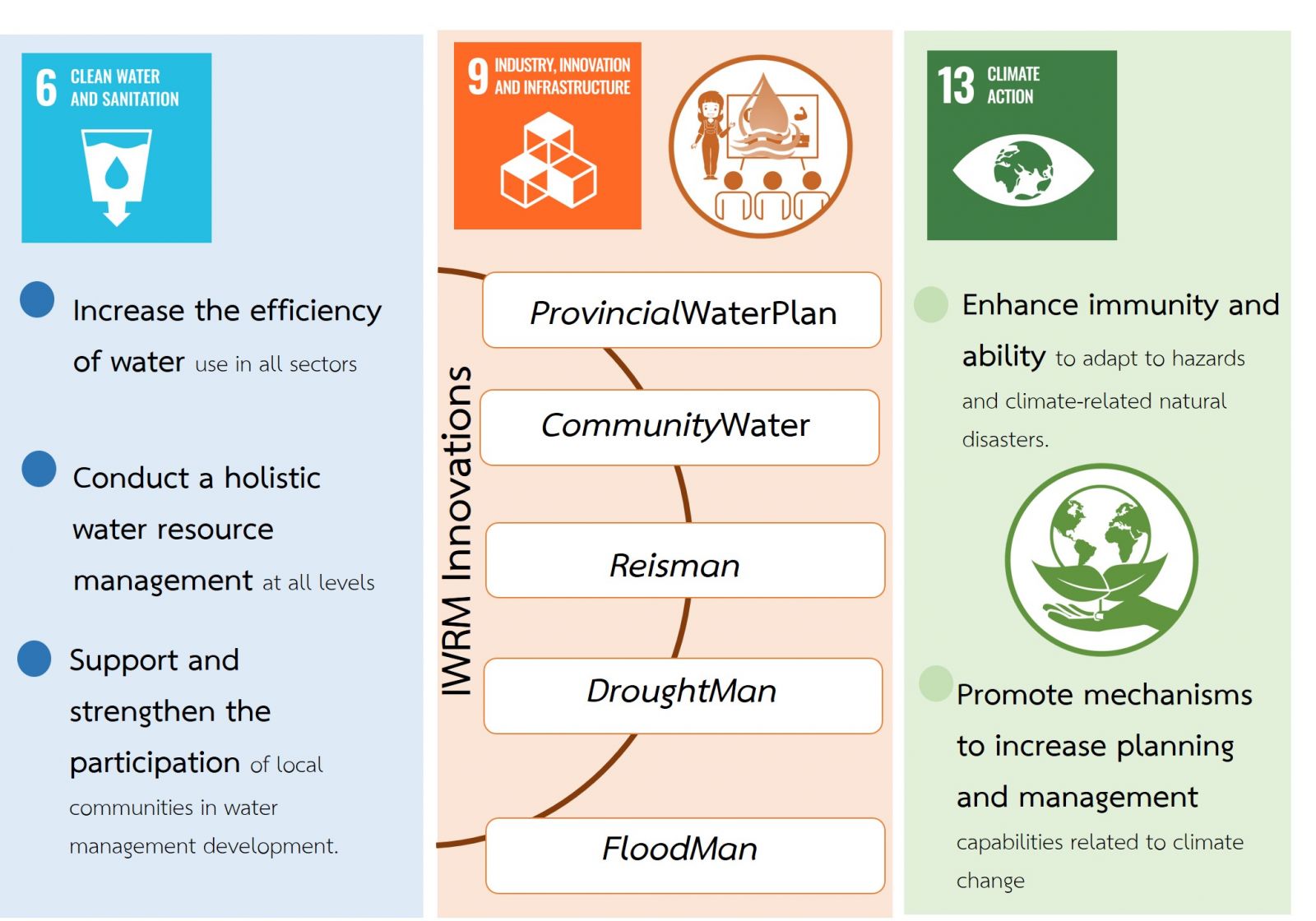
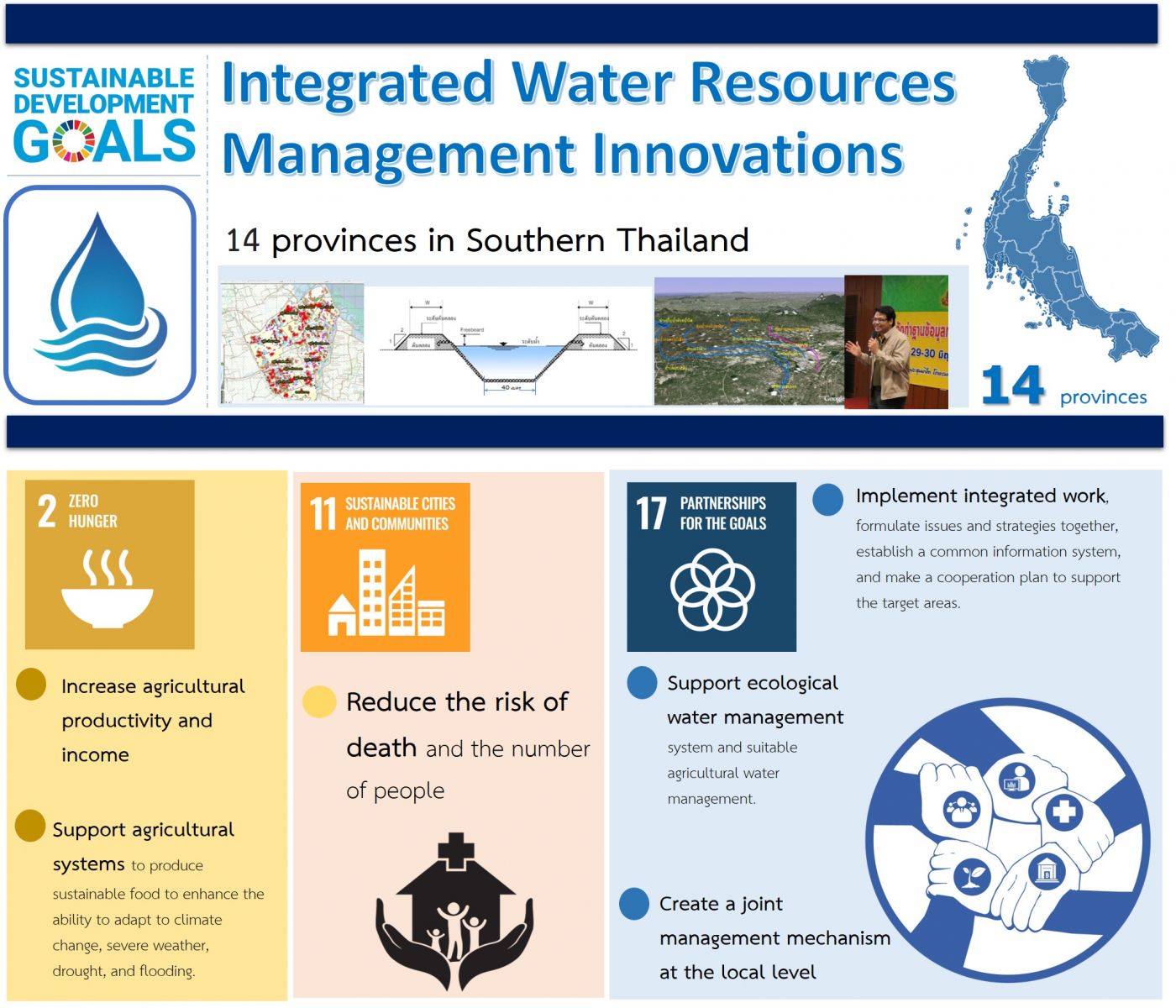
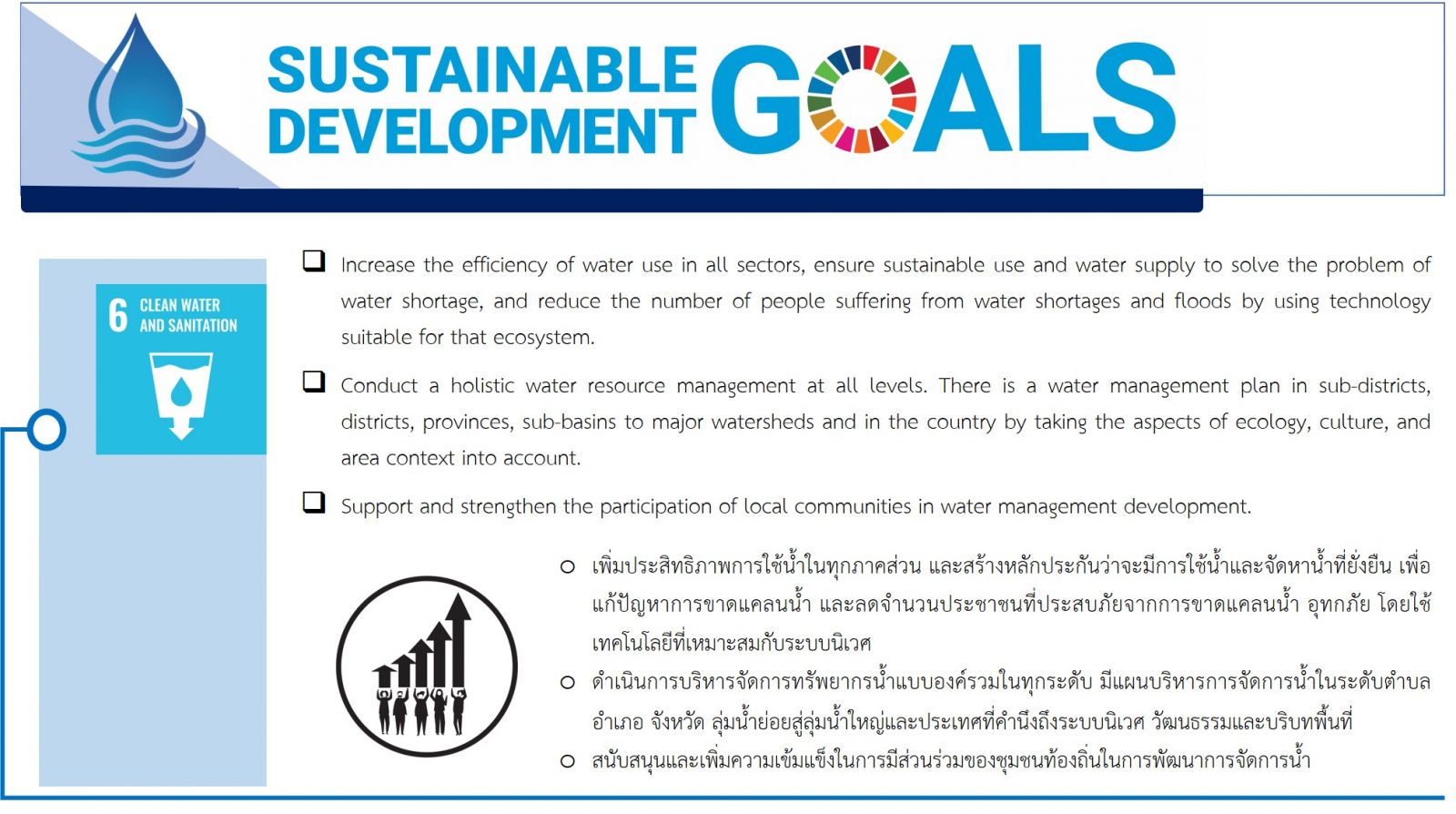
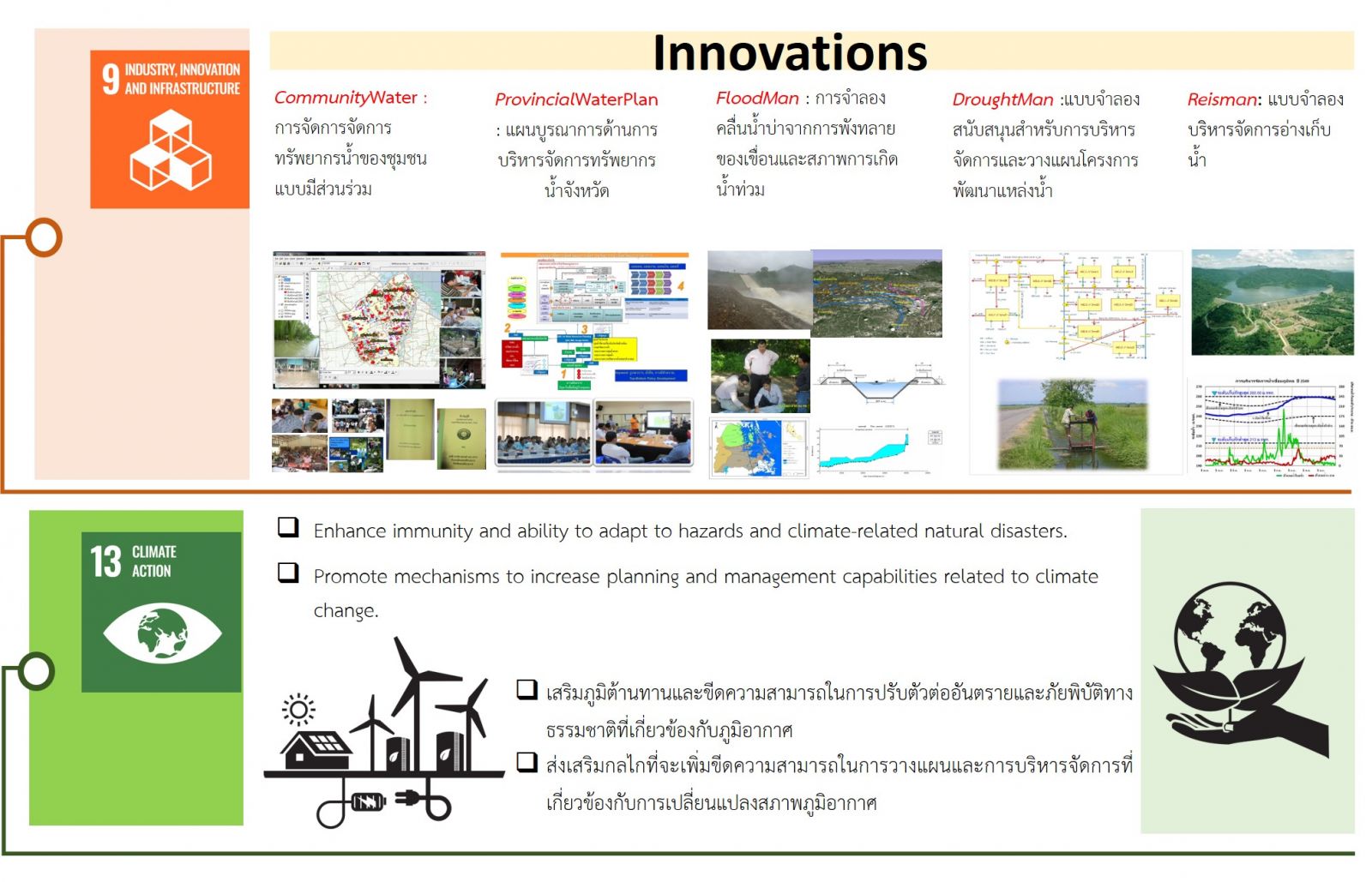
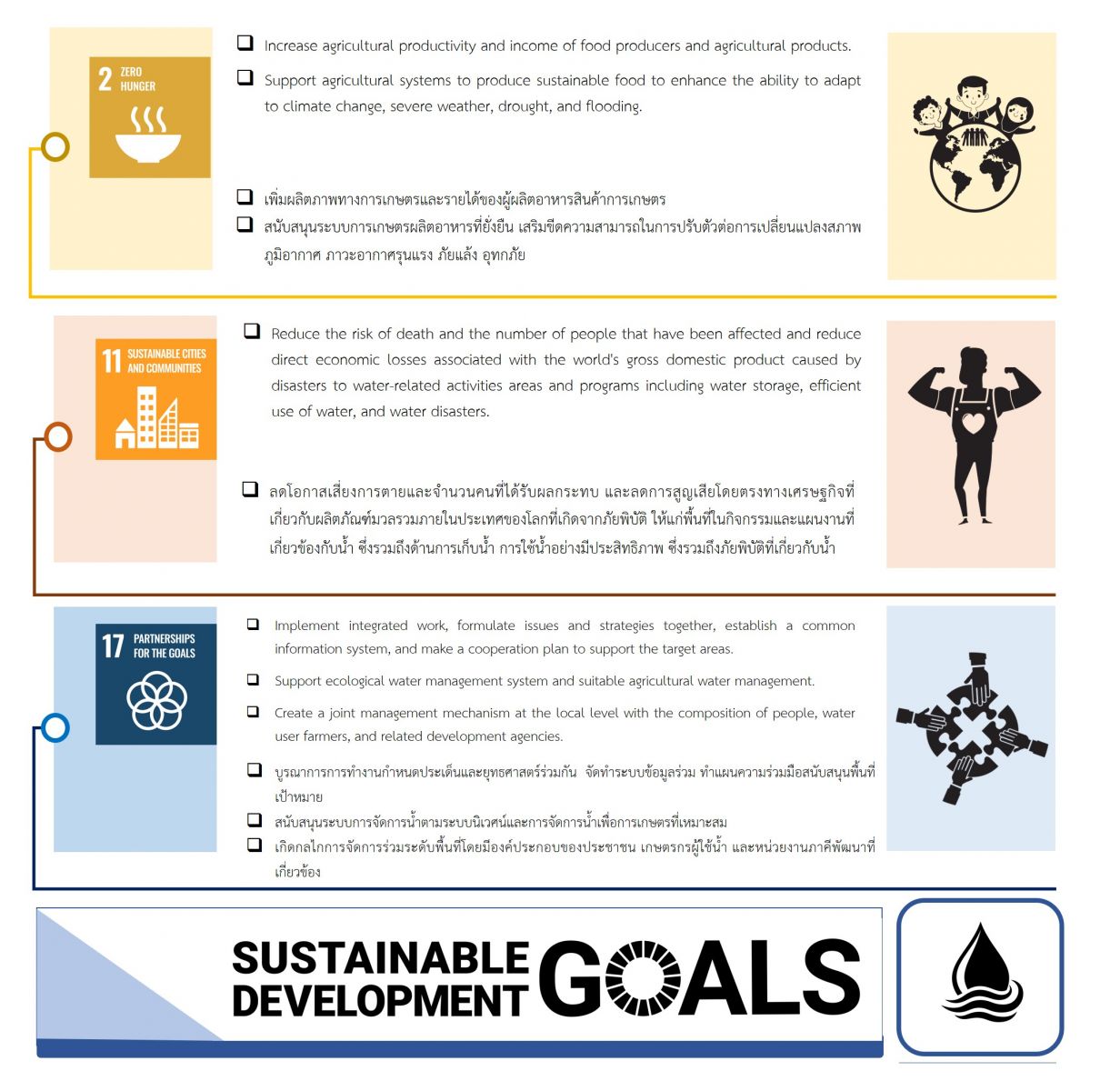
Inventor:
Asst.Prof.Dr. Pakorn Ditthakit
- School of Engineering and Technology,
Walailak University, Thasala, Nakhon Si Thammarat 80160
Research Fundings:
- Thailand Science Research and Innovation (TSRI)
- Thailand Research Organization Network (TRON)